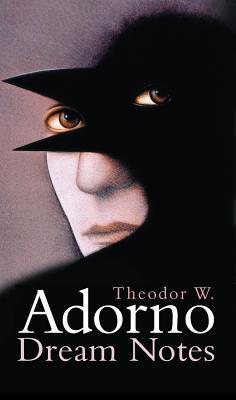What do you think?
Rate this book


128 pages, Hardcover
First published January 1, 2005
'Unlike the real river, the river in my dream has countless bends. At one bend, suddenly, unexpectedly, I glimpse the entire panorama of the city stretched out before me, but compressed into a miniature space...The whole scene is lit up by an eclipse like the image of Toledo in El Greco. The whole scene is shot through with the same hopeless feeling of sorrow as my visit to Vienna.'
'I knew that everything I did in this dream had self-destruction as its aim. But the dream itself desired to teach me about this and cure me.'
'A large number of silent, shadowy people. Superficially calm: they won't do anything to me. Underneath: even greater fear, fear of their unreality.'
'These events seemed so vivid to me that I found it hard to decide whether I had really experienced them. That is precisely the pattern that operates when one is gripped by madness.'
'I set myself to work with a will. I now found myself in a lofty ruin, perhaps the Baths of Caracalla.'
'The moon was about to crash to earth...I comforted myself with the optimistic thought that, if it really is made of dust or some other loose substance, the impact will not be so severe.'
Frankfurt, 18 November 1956.
I dreamt of a catastrophic fire. In the cosmic inferno all the dead reappeared in their former shape for a few seconds, and I realized: only now are they truly dead.
Vienna, 26 June 1960.
The night before last I dreamt that one day it had remained completely dark. For the first time since creation of the world, the sun had failed to rise.